Fugitive Emissions and How to Tackle Them
Are you facing the issue of fugitive emissions in your industry? Read on to know how you can minimize them.
Fugitive meaning refers to accidental leaks or emissions of gasses and volatile substances from pressurized lines or vessels owing to faulty equipment, among other reasons. Since they ‘escape’ from the source and are not accounted for, they are called ‘fugitive’ emissions. Among the various kinds of human-caused pollution, fugitive emissions are commonly occurring, yet inadequately addressed.
According to The United States Environmental Protection Agency (EPA), the definition of fugitive emissions as emissions that cannot “reasonably pass through a stack, chimney, vent, or other functionally-equivalent opening.” These may be gasses, liquids or solid particulate matter.
Regular emissions generated from industrial combustion processes are systematically passed through electrostatic precipitators, vents and chimneys, and therefore, easily sampled using monitoring equipment. On the other hand, fugitive emissions are produced by sudden activity and are not easy to monitor, since they are not accounted for. It therefore becomes difficult to mitigate them.
A wide range of gaseous releases may be identified as fugitive emissions, such as evaporation losses from storage tanks and wastewater treatment facilities, emissions from solid/hazardous waste, gas emanation from the mineral and mining industries, and loading and unloading discharge.
Cement Industry
A considerable amount of dust is generated by the cement industry at every stage. Fugitive emission is caused from handling, spillage and leakage, starting from the process of quarrying and ending with packing and dispatch operations in cement plants.
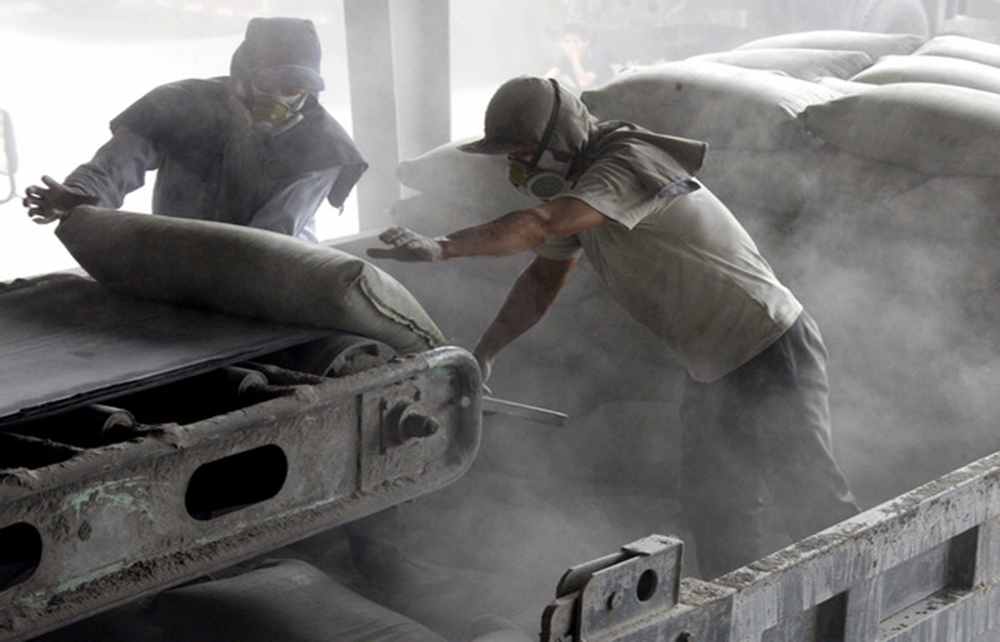
The dust generated contains hazardous substances like crystalline silica (quartz), lime, gypsum, nickel, cobalt and chromium compounds. The exact constituents of the fugitive dust would vary according to the type of cement, but it is indisputable that there are severe health risks it poses, such as lung disease and cancer. [1]
Coal Mining and Handling
Regular emissions generated from industrial combustion processes are systematically passed through electrostatic precipitators, vents and chimneys, and therefore, easily sampled using monitoring equipment. On the other hand, fugitive emissions are produced by sudden activity and are not easy to monitor, since they are not accounted for. It therefore becomes difficult to mitigate them.
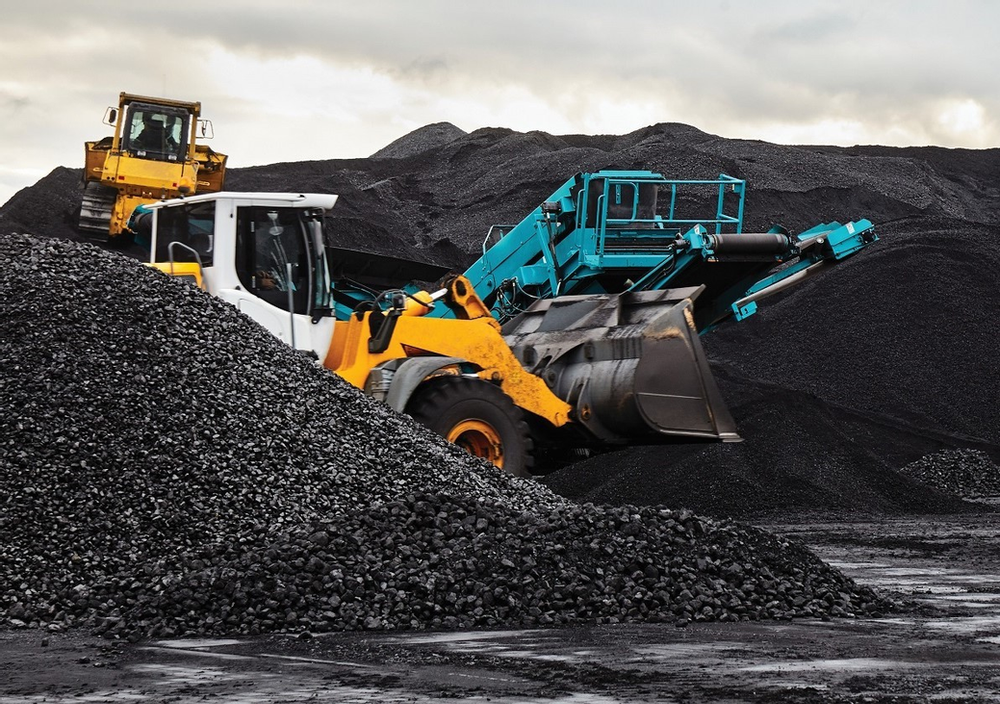
In various industries, coal piles are usually stored in open areas for use as fuel in captive coal plants. Usually left uncovered, these piles generate mineral dust, due to a variety of reasons ranging from disturbance in wind currents, loadout, movement of trucks and loading equipment, etc.
Other Sources
So, what are fugitive fuel emissions? Gasses like Methane are generated from landfills containing solid and hazardous waste. Further, the microbial anaerobic degradation of waste of this kind produces hundreds of different gasses.
In petroleum refineries, volatile organic compounds other than methane, SOx and NOx are generated during different processes such as crude oil separation, conversion, blending and storage. The emission of such gases significantly increases the risk of accidents on site. Fugitive emissions are clearly undesirable at the workplace, as well.
How to Curb Fugitive Emissions?
Regular maintenance and intelligent engineering processes are an integral part of what is known as “industrial hygiene,” and go a long way in reducing fugitive emissions. In some countries, large industries are required to create manuals on how they plan to address fugitive emissions where applicable, and are approved by environmental protection agencies.
The first step towards controlling fugitive emissions is to have in place a system that tracks how and from where fugitive emissions are produced. Regular testing and maintenance go a long way in preventing fugitive emissions. For gaseous fugitive emissions, regular use of gas detection devices is useful as it helps detect the source of such emissions.
For particulate pollutants (PM2.5, PM10), air quality monitors provide the groundwork in understanding the degree of pollution caused by fugitive emissions. The subsequent step of controlling fugitive emissions can be done by a variety of methods and technologies, as listed below:
- DIAL or Differential Absorption Lidar is one of the commonly used techniques to detect fugitive emissions. It can detect pollutants in the air across several hundred meters. This technology can potentially reduce human exposure to harmful emissions.
- OGI or Optimal Gas Imaging is a recently developed technology, which uses infrared imaging to identify gaseous leakage.
- In coal mines, VAM or Ventilation-Air-Methane technique utilizes the methane in a cost-effective and sustainable manner.
- Flame ionization detectors are used to detect leakages in industries, using Method 21 set by the U.S. EPA.
- To reduce emissions from mineral piles, wetting and stabilizing agents are added to water to increase dust suppression capability. Surface active agents are used to wet the surface of coal piles. In addition to these, chemical stabilizers enable binding and formation of a surface crust, which prevents fugitive dust.[4]
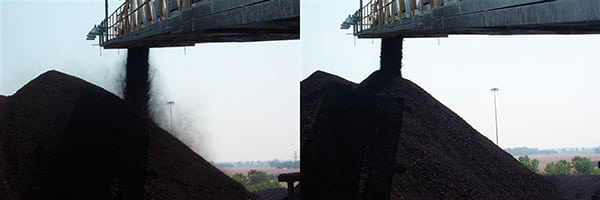
- Water sprays, installed under conveyor belts transporting minerals, are shown to effectively curb fugitive dust.
- Using conveyor belts or railway cars to transport raw material is more effective in reducing dust emission, than transporting through open or even covered trucks.
- Using wind blocking fences at sites of construction, etc. to prevent the spread of dust.
- Having in place a good road management system. Steel roads are ideal because they ensure lowest resuspension of dust. Dirt roads create the highest dust and particle pollutant load, but may be the only options in industries such as mining.
There is no doubt to the fact that fugitive emissions contribute much to local pollution. It is equally evident that this does not concern us as much as it should. Existing research on fugitive emissions is not as advanced as study on other subjects. Added to this is the limitation of data on fugitive emissions, since they cannot be measured easily. Long-term perspectives about tackling air pollution should be mindful of the problems posed by fugitive emission, and an awareness of how it may be dealt with.
Want to learn more about Pure Skies Technology & Subscription Plans?
(This article is conceptualized and co-written by Shashank Aggarwal & Vidhya Sreenivasan)
References
[1] Sabah A. Abdul-Wahab, Impact of fugitive dust emissions from cement plants on nearby communities
[2] William Irving (USEPA) and Oleg Tailakov, CH4 Emissions: Coal Mining and Handling
[3] Fugitive emissions: A blind spot in the fight against the climate change, Thibault laconde
[4] Particulate control for fugitive dust, Interagency Energy-Environment Research and Development Program

.svg)
.webp?width=1080&height=1080&name=Free%20Case%20Study%20Steel%20Plant%20(1).webp)
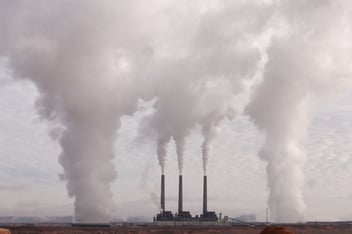
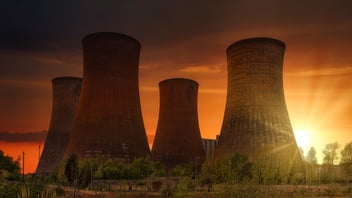




Post Comments